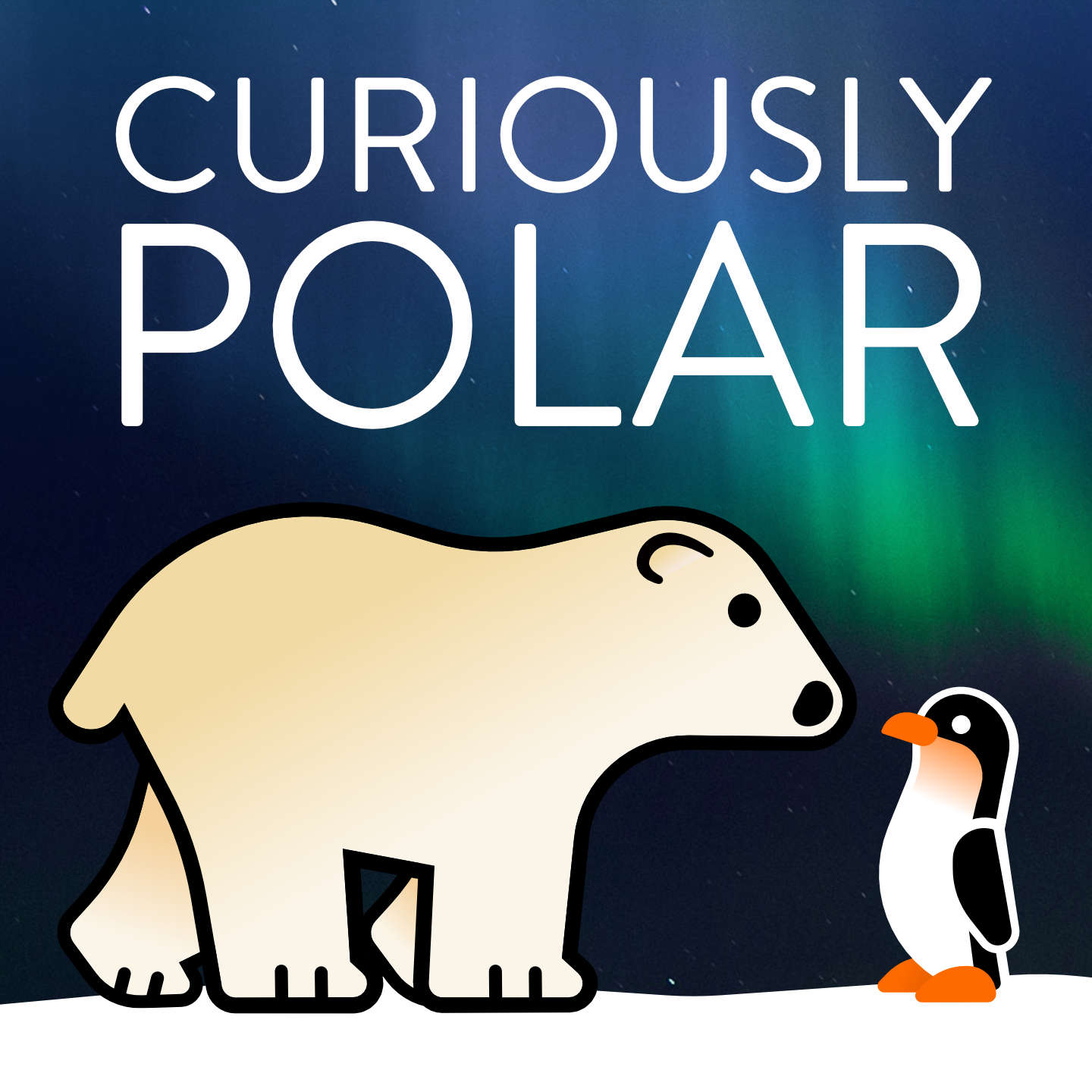Polar Newsreel: Nature's Teflon 🐚
Notes
Watch this on video | Buy us a coffee: Chris / Henry / Mario
POLAR NEWSREEL: 32000 year old plant revived Scientists in Vienna are seeking to sequence the genome of an ancient flowering plant (Silene stenophylla) believed to have been buried 32,000 years ago by an Ice Age squirrel near the banks of the Kolyma River, a top site for people looking for mammoth bones today. | Sudden halt in Ukraine's Antarctic expedition The RV Noosfera, formerly RRS James Clark Ross, is in Punta Arenas since 14th March to pick up scientists and specialists and is ready for Ukraine's National Antarctic Scientific Centre (NASC) first Antarctic Expedition in 20 years, but the war is jeopardizing the mission and crew change at Vernadsky station. | Ocean temperature change calls for redefining acoustic hotspots Sounds travel faster and further in a warmer and saltier ocean and this calls for the identification of acoustic hotspots to allow for timely mitigation of anthropogenic sounds. One of these areas is located in the northwestern Atlantic Ocean close to Greenland. Others are found in the Barents Sea, northwestern Pacific, Southern Ocean between 0 and 70E, at 500m in the Arctic Ocean, Gulf of Mexico and Southern Caribbean Sea. | Holes in the bottom of the Arctic ocean Longer-term climate cycles might be at the origin of rapid thawing of submerged permafrost at the bottom of the Beaufort Sea between 2013 and 2019. An investigation using robots and sonar discovered the formation of large, city block sized craters in the seabed. | Detecting salinity from satellite Salinity estimates derived from data by the European Space Agency (ESA) SMOS satellite was used by the researchers at the Barcelona Expert Center (BEC) of the Institut de Ciències del Mar (ICM-CSIC) to improve prediction of Arctic marine circulation of the TOPAZ Arctic prediction model. Salinity is measured using passive microwave remote sensing, which captures the electromagnetic energy emitted by surfaces and which, in the case of the ocean, depends on temperature and salinity. | Ice-proof scallops The Antarctic scallop Adamussium colbecki does seldom freeze even in supercooled water. Researchers from the Max Planck Institute for Polymer Research (MPI-P) in Mainz have discovered that the particular structure shape of its shell is resistent to cryofouling, the ice does not attach to it, unless it is colonized by other organisms.
This is an episode of the Curiously Polar podcast
with Chris Marquardt https://chrismarquardt.com/ Henry Páll Wulff: https://henrypall.com/ Mario Acquarone https://www.buymeacoffee.com/polarmario
Listen to all podcast episodes at https://curiouslypolar.com
All video episodes at https://tfttf.com/curiouslypolarvideo
Find us here: Web: https://curiouslypolar.com Twitter: https://twitter.com/curiouslypolar Instagram: https://instagram.com/curiouslypolar




